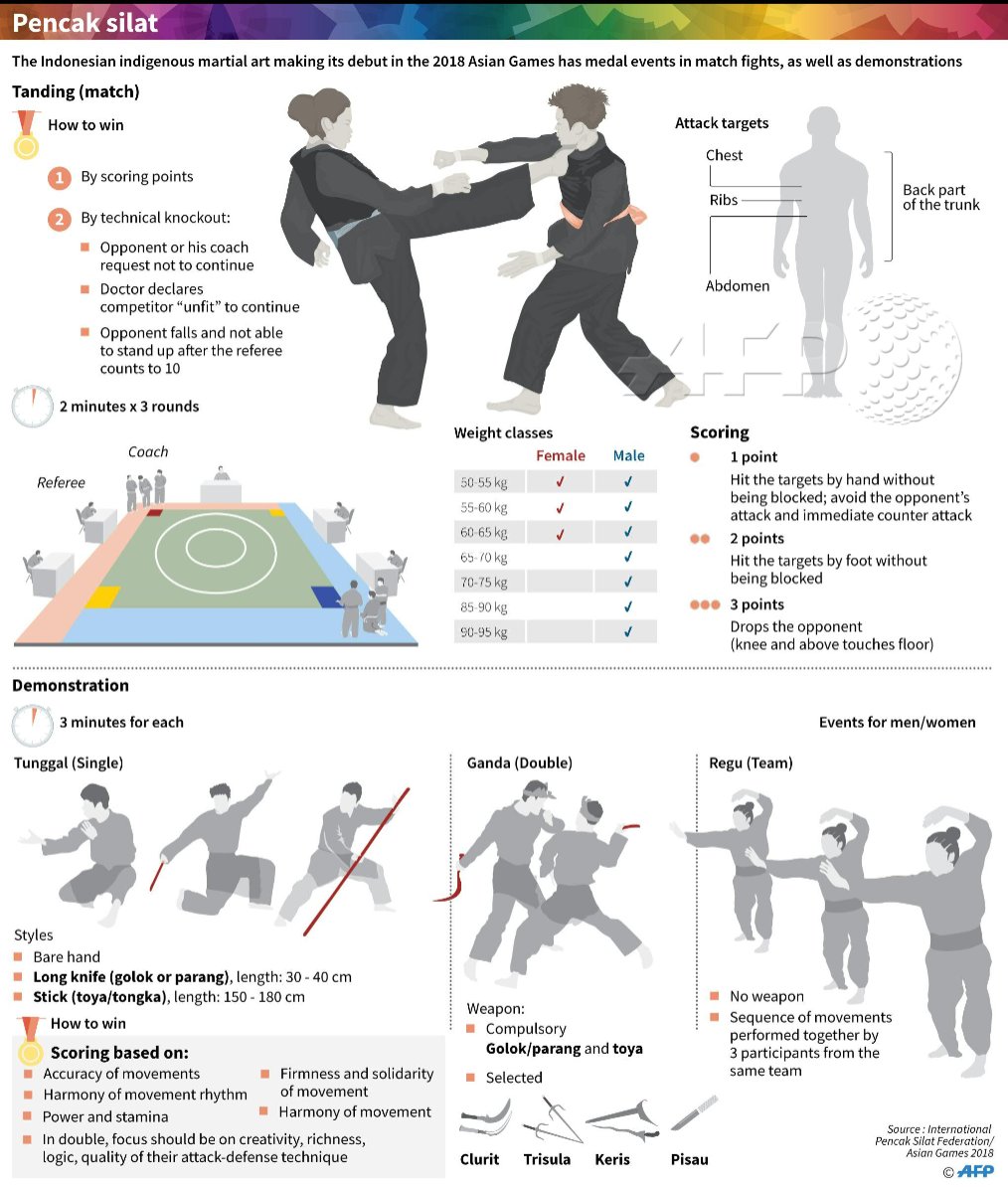Typical Martial Arts And Modern Fight Sports: An Extensive Review Of Their Distinctive Distinctions
Typical Martial Arts And Modern Fight Sports: An Extensive Review Of Their Distinctive Distinctions
Blog Article
Material By-Thuesen Brady
When you think about martial arts, do you lean extra towards the typical practices or the modern-day battle sporting activities? Each path offers distinct benefits and experiences, shaped by their viewpoints and training methods. Standard martial arts emphasize individual development and technique, while modern-day combat sporting activities concentrate on competition and efficiency. Comprehending these differences can assist you in choosing the right approach for your journey. But how do these differences manifest in training and approach?
The Approach and Background Behind Traditional Martial arts
While lots of people connect martial arts with physical battle, the philosophy and history behind standard martial arts run much deeper. You'll discover that these self-controls highlight personal growth, technique, and respect.
Originating from ancient methods, traditional martial arts were usually established for Self-Defense and spiritual development. They symbolize concepts such as equilibrium, harmony, and self-constraint, guiding specialists beyond plain battling skills.
As you educate, you'll not just discover methods yet likewise obtain insights into the society and values that formed these arts. The rituals and practices, frequently passed down with generations, promote a feeling of community and belonging.
The Competitive Nature of Modern Battle Sports
Modern combat sporting activities have transformed the landscape of martial arts into an extremely competitive sector, where athletes face off in an examination of ability, strategy, and endurance.
You'll notice that competitions are usually arranged with strict rules and laws, guaranteeing fair game and security. adult beginner kick boxing attract huge target markets, sustaining the excitement and strength of matchups.
Athletes educate carefully, not just for physical expertise but additionally for psychological durability, recognizing that every information counts in the ring. https://tiebreakertimes.com.ph/tbt/eduard-folayang-seeks-redemption-beginning-with-amir-khan/278591 during competitors is palpable, as boxers press their limits to declare victory.
Followers value the athleticism and artistry involved, making modern fight sports a thrilling spectacle that continues to develop and captivate fanatics worldwide.
Training Approaches and Methods: A Relative Evaluation
The competitive environment of contemporary combat sports needs innovative training techniques that vary considerably from typical martial arts.
In modern training, you'll focus on details techniques, competing, and conditioning, often using drills that simulate real battle circumstances. You'll see a focus on quantifiable performance and constant competitors to analyze your abilities.
On the other hand, traditional martial arts prioritize kinds, katas, and philosophical trainings, typically highlighting technique and regard over competition.
Training is usually much less extreme and may involve repetitive technique rather than real-time sparring.
While both methods construct skill and fitness, modern combat sporting activities give a much more dynamic and versatile training environment, preparing you for prompt difficulties in the ring or cage.
Select the path that lines up with your objectives and interests.
Final thought
In selecting between conventional martial arts and modern-day fight sports, it actually boils down to what you value a lot of. If https://form-focused-martial-arts21087.techionblog.com/35091628/comprehending-the-fundamentals-and-relevance-of-taekwondo-patterns seeking personal development, self-control, and a feeling of neighborhood, standard arts may be your best fit. Yet if you thrive on competition and real-time challenges, contemporary battle sports could be the way to go. Inevitably, both paths supply unique advantages, so it's everything about aligning your training with your personal objectives and rate of interests.
